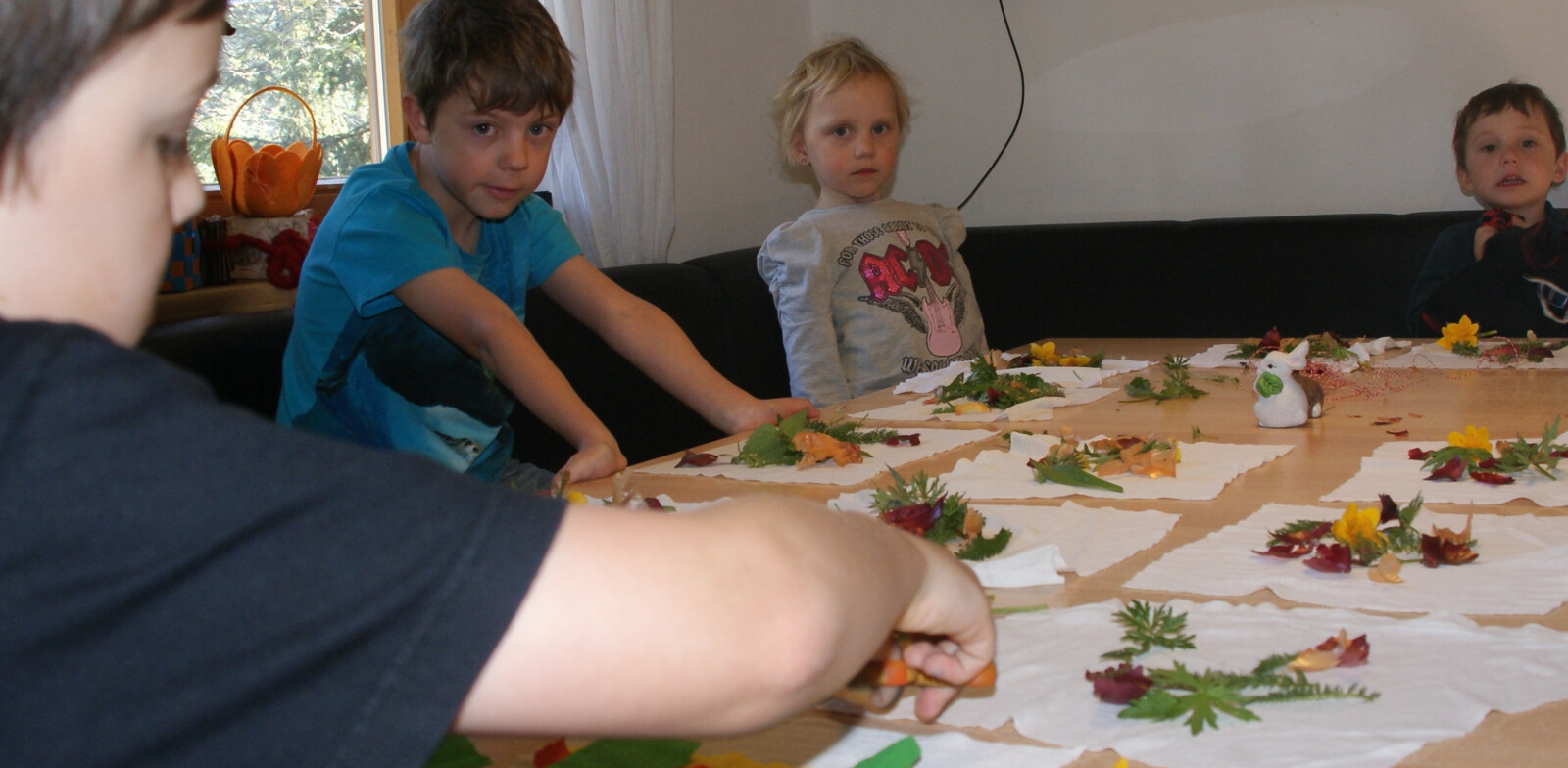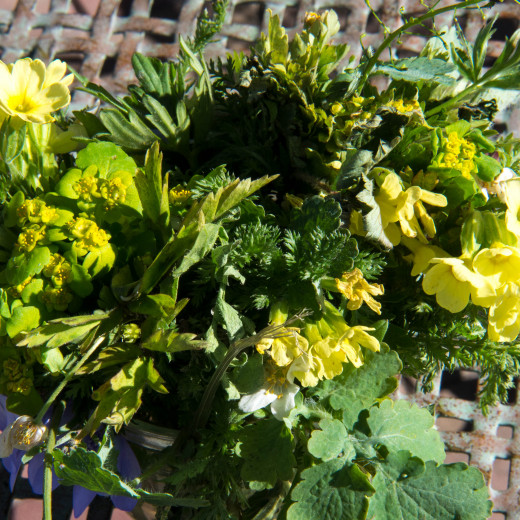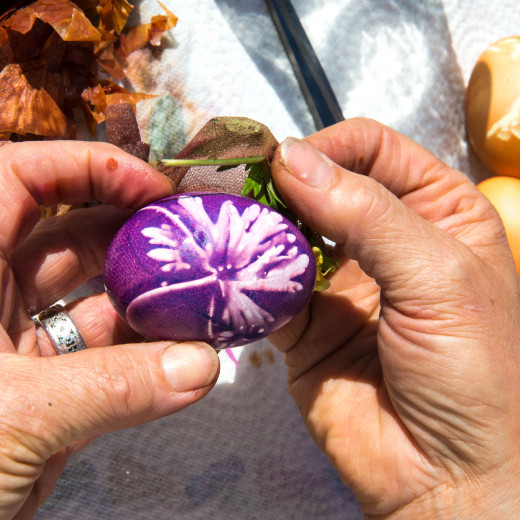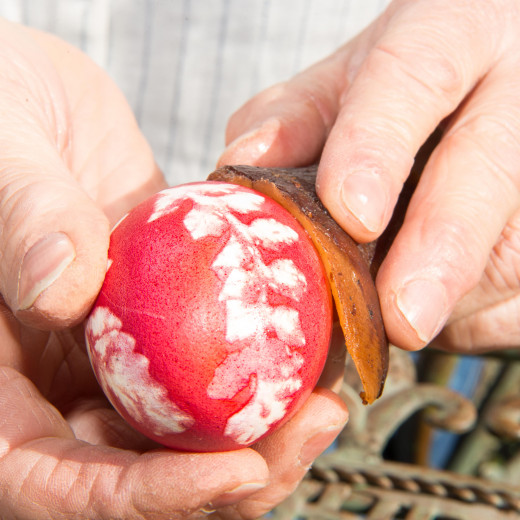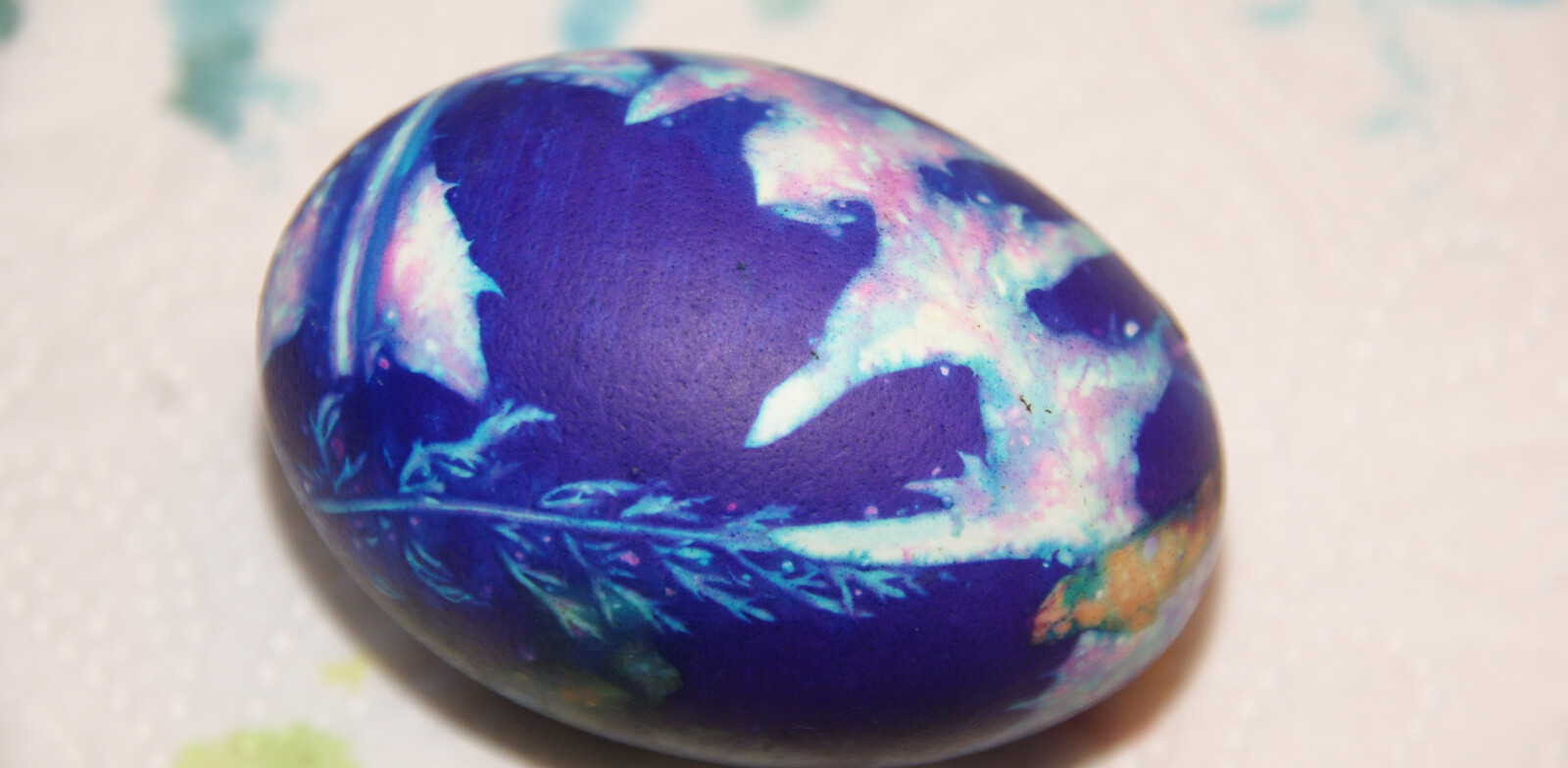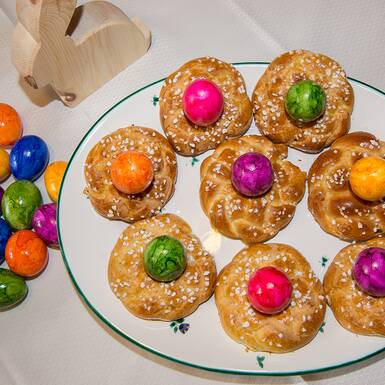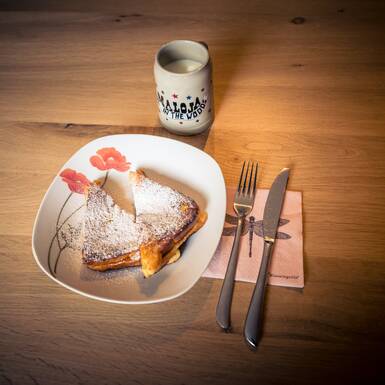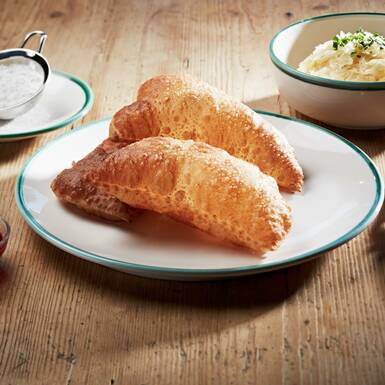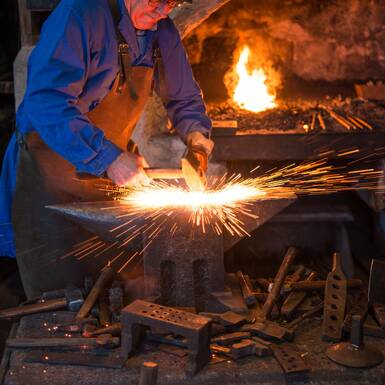- Traditions
Easter Traditions - Dyeing Easter Eggs
Colourful eggs wherever you look! Once the winter’s white splendour has passed, the colourful Easter eggs become especially noticeable! Whether on the shop shelves, as creative decorations in the hotel entrance or at home, beautifully painted on the occasion of the upcoming festivities. But how can I dye eggs using only natural materials and what other Easter traditions are there in the Home of Lässig?
I get excited about Easter every year, as my family celebrates it with a whole series of rituals and customs. I dye our Easter eggs together with my children Tristan, Lysander, Valerian and Marla — and my mother Annemarie joins us, too. And, since my grandmother had already dyed the Maundy Thursday herbal eggs with us children using only natural materials, we usually do without artificial dyes. She knew exactly which ingredient or which herb was needed to get a particular colour for the eggs. Hence, she used red beets for red eggs, stinging nettle for a soft green tone and onion skins for brown tones.
For us children, it was always a very special time when we would get “Ontlossoa” from the neighbouring farmers. These were eggs that had been laid freshly by the chickens on Maundy Thursday and were thus attributed with very special properties. My grandfather would always place these eggs under the roof ridge for good luck and blessings for the whole family and our house. Today, I am myself a mother of four and I am continuing the egg painting tradition together with my children. Our first task on Maundy Thursday takes us — equipped with rubber boots and a basket — onto the meadow behind the house, which is still wet from the melting of the snow. Like little detectives, we then look for the right spring herbs that will help us paint particularly beautiful patterns onto our eggs. As experienced egg dyers, we already know that yarrow leaves and crocus and primrose blossoms make for the best-looking patterns.
Dyeing eggs spans generations
Everyone wants to be part of the action when it comes to dyeing Easter eggs. Grandmother, mother and the children all have their particular tasks. While I’m still out looking for the right herbs with the kids, my mum is cutting pieces of fabric and string into the right sizes. She has also already pre-cooked the brew using the red beets and the stinging nettle to get a nice looking colour. As soon as we have slipped out of our jackets and boots, we start laying out the fabrics and spread the collected herbs out on top of them. Now the children must be cautious, as we must now carefully place the raw eggs onto the herbs, wrap them up in the fabrics and tie these little packages together with the help of the strings. Only when it comes to the eggs that are meant to be painted brown, we add the onion skins in between the fabric and the herbs and then tie everything up neatly.
The next part is reserved for us adults, for we must now place the packages into the boiling water, where they will cook for around 10 minutes. My tip: Add a dash of vinegar to the water to make sure the colour sticks even better.
Surprising results
Now comes the most exciting part about the whole process: The opening of the colour-drenched fabric packages. For you never know which herb will dominate the new colour of each egg and which colour will present itself in the most intensive way. “Oh”, “ah”, “so pretty”, “that was mine” — these are the things I hear every time as we unpack the eggs. This time around, the eggs wrapped up with the onion skins have the most intensive colour profiles, while the red and green eggs are only subtly coloured. Still, the pretty patterns are especially visible on these eggs. They’re finally done — our self-dyed Maundy Thursday Easter eggs! Beautiful, unique and artistic, they lie right before us carefully placed in a bowl and — after they have been rubbed with bacon grease — gleam in the excited eyes of the children. We’re all starting to get hungry and crave boiled eggs, but — unfortunately — it isn’t the right time quite yet.
The “Eierpecken” ritual
It is only on Easter Sunday that the painted eggs are placed into a cradle along with bacon, bread, salt and Easter ham, and then taken to the Easter Vigil. After the consecration of the food, we made our way back home where we could finally begin with the “Eierpecken” ritual. To do so, everyone pounces their eggs together, first with the tips, then with the ends, until the shell of one of the two eggs cracks. The person whose egg remains intact until the very end wins. The final day is Easter Monday, when the whole family gets together for a festive meal filled with all the remaining delicacies that we can now finally eat up with a good conscience since Lent is already over.

